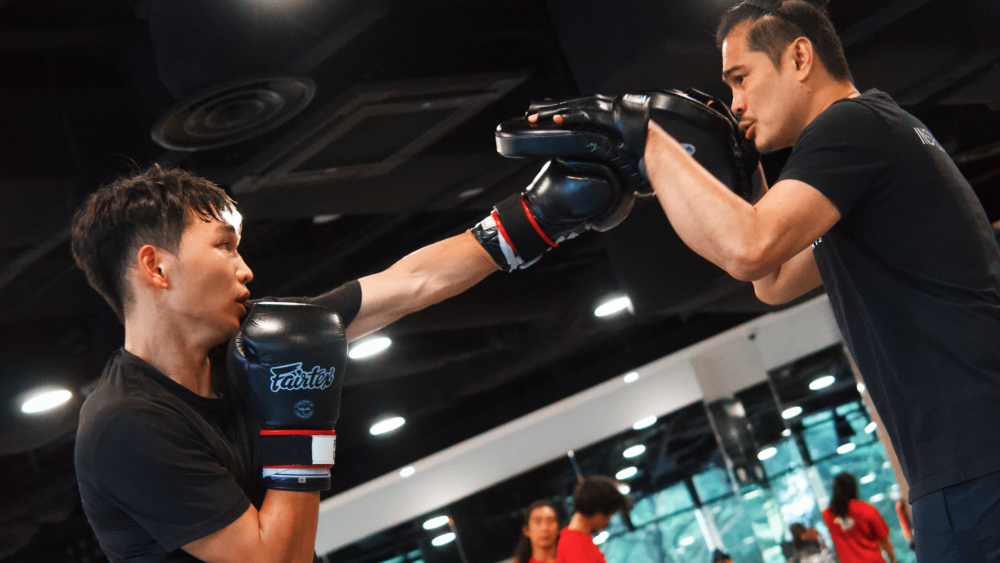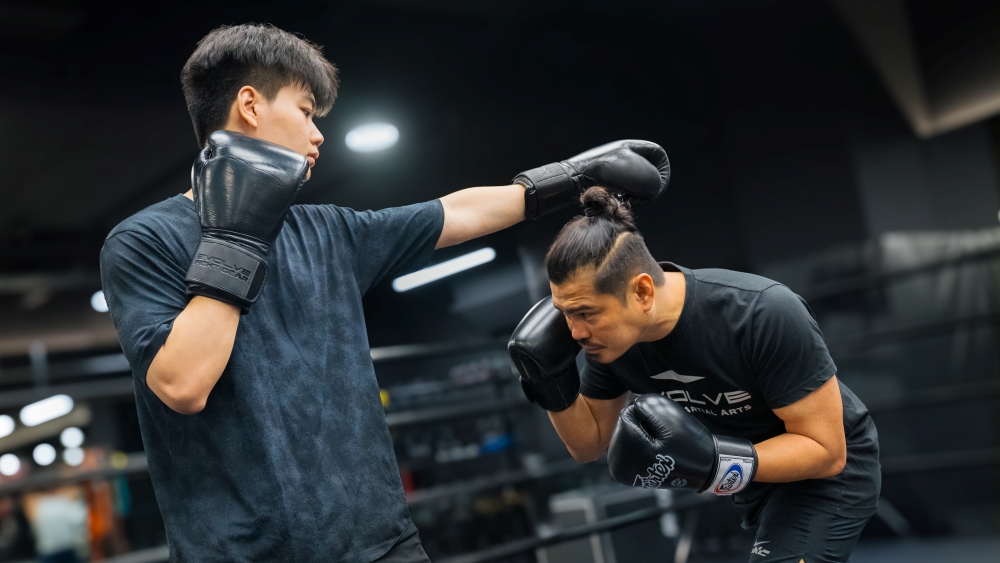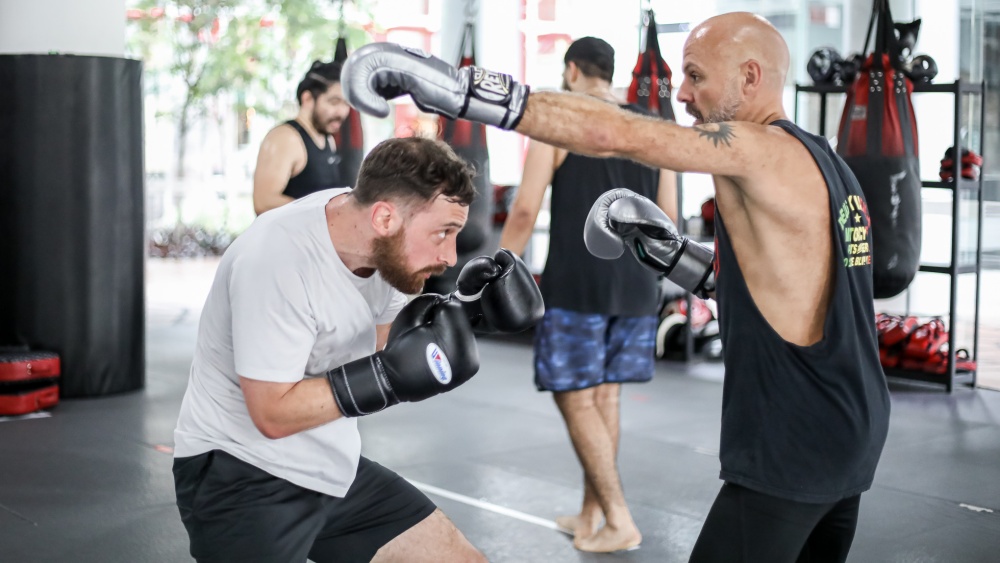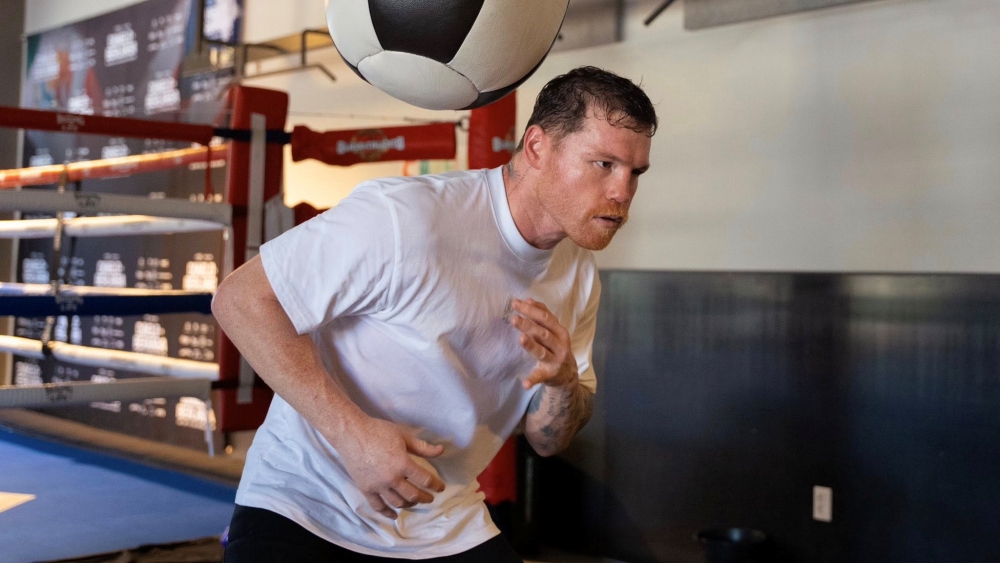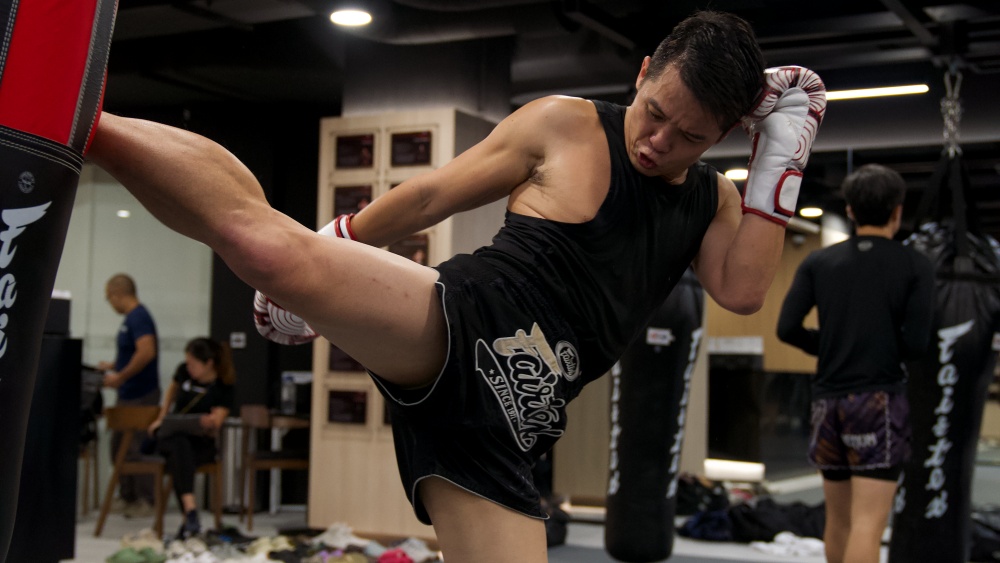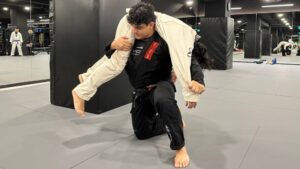The Philly shell is a defensive stance in boxing that’s characterized by a boxer keeping their lead shoulder up and tucked in toward their chin while leaning away slightly from their opponent. The boxer’s lead arm is usually draped over their midsection to protect against body punches, while the rear hand is tucked against the side of their chin.
Using this defensive stance allows boxers to block straight punches with their lead shoulder and rear hand, while their lead hand protects against shots to the body. The stance also makes it easier to throw counterpunches after blocking or deflecting punches. Mastering the stance requires a high-boxing IQ and cat-like reflexes. Floyd Mayweather is arguably the best boxer at using their Philly shell in modern history. Watch some of his fights to learn the intricacies of the defensive style.
12 Boxing Techniques & Combinations You Should Master If You Use The Philly Shell
The Philly shell is the perfect embodiment of what boxing is all about, hitting without getting hit. Master this technique and your opponents will be swinging and missing all night long while you land hard counters on them.
Here are 12 Techniques & Combinations you can launch from the Philly shell stance:
1) Jab, Pull Back, Lead Hook
This is one of the combinations that defined Floyd Mayweather’s career. He landed it on pretty much all of his opponents, discouraging them from throwing hard right hands at him despite his lead hand being down most of the time.
The combination starts with the boxer in the Philly shell, throwing a jab and blocking a cross with their lead shoulder, then immediately follows up with a lead hook.
2) Shoulder Block, Right Uppercut, Lead Hook
This technique starts with a boxer using their lead shoulder to deflect a jab and immediately following up with a rear uppercut, lead hook combination. Turning your shoulder inward when performing the shoulder roll puts you in the perfect position to fire off a devastating uppercut.
This technique works best at close range since your opponents can simply slide back to avoid it at outside range.
3) Check Hook
The Philly shell stance is great for throwing check hooks so take advantage of that. Having your lead hand down makes it harder for opponents to see the hook coming as you pivot out of harm’s way. If the check hook doesn’t send your opponent to the canvas, follow up with a full-power cross to the head.
4) Shoulder Sweep, Uppercut
This combination involves the boxer using the Philly shell create space between you and your opponent. This creates an opening for the uppercut to the body, which might force your opponent to move their hands down to protect their torso.
This combination starts by blocking a jab with your arm before following up with a hard cross to the head. You can also finish the combination with a lead hook just in case your opponent decides to drop their guard to protect their torso.
This combination works best after successfully slipping a jab. Fire off a lead uppercut before your opponent gets a chance to bring their hand back to guard their head.
7) Double Jab
A double jab is easy to throw when you’re using the Philly shell, so use the combination to create distance inside the ring and disrupt your opponent’s rhythm. Keeping your lead hand down as the Philly shell requires makes it harder for your opponents to see where your jabs are coming from.
8) Shoulder Feint, Right Hand
Here’s a purely offensive combo that works well when you’re in the Philly shell. It involves feinting with your lead shoulder to get your opponent to react before firing off a hard right that weaves through their guard.
9) Body Jab, Lead Hook
This combination is an excellent way to mix things up if you’ve already landed a few double jabs on your opponent. Once you have them expecting a double-jab, surprise them with a hard hook to the head. When set up properly, your opponent should bring their hands to the front of their face to parry or deflect your jab, leaving them vulnerable to the lead hook.
10) Jab, Jab, Jab, Uppercut
Here’s a powerful combination that can bring a boxing match to an abrupt end if you connect cleanly. Start by throwing three consecutive jabs aimed at your opponent and follow up with the uppercut. You might need to take a step toward your opponent as you throw the uppercut to ensure you’re in range to land it.
11) Shovel Hook
Boxers fighting out of the southpaw stance typically do most of their parrying with their rear hands. Your hand being positioned by your face makes it easier to extend it outward to deflect incoming straight attacks. A well-executed parry often leaves your opponents off-balanced, so capitalize on the moment by sending a shovel hook.
12) Pull Cross
The pull cross, also known the pull counter is one of Floyd Mayweather’s favorite counters and pretty much everyone who shared a ring with him has been at the receiving end of this counter. It’s a simple technique to learn, but it remains effective at the highest levels of boxing and other combat sports.
To execute a pull cross, lean your head backward to avoid your opponent’s attack, and follow up with a cross. You can potentially add a lead hook, depending on the situation. If your opponent throws a punch with their rear hand, you can skip the cross and simply follow up with the lead hook.
Mastering Techniques & Combinations With The Philly Shell
You’ll have to spend many hours throwing combinations from the Philly shell to become as fluid as some of boxing’s greatest fighters. Some of the things you can do to sharpen your skills include:
- Shadowboxing: Shadowboxing is the foundation for all techniques you learn. You only need a little space to dance around in the Philly shell while practicing your combinations. Always use the correct form when shadowboxing to build the right habits. Don’t try to master all the combinations on our list at once. Instead, pick a couple and master them before moving on to others
- Mitt Work: Hitting focus mitts is another useful tool when practicing combinations. A coach or training partner can throw out punches for you to block with your lead shoulder or other defense tools while giving you real targets to throw your combinations at
- Heavy Bags: Heavy bags are also great tools for working on combinations. You can practice your shoulder roll by using your lead shoulder to catch the bag when it swings toward you. Heavy bag drills are a great way to improve the power behind your combinations
- Sparring: Sparring is where you develop the ability to read opponents, reflexes, and timing needed to throw combinations from the Philly shell stance. Don’t be afraid to ask your training partner to slow their punches down a bit if you’re having difficulty defending yourself from the stance
- Video Study: Watching fighters who fight out of the Philly shell is an easy way to gain insights on the most effective defensive and offensive strategies launched from it. Some of the best at using the Philly shell include Floyd Mayweather, James Toney, Archie Moore, Joe Walcott, and Bernard Hopkins
Strategic Application Of The Philly Shell
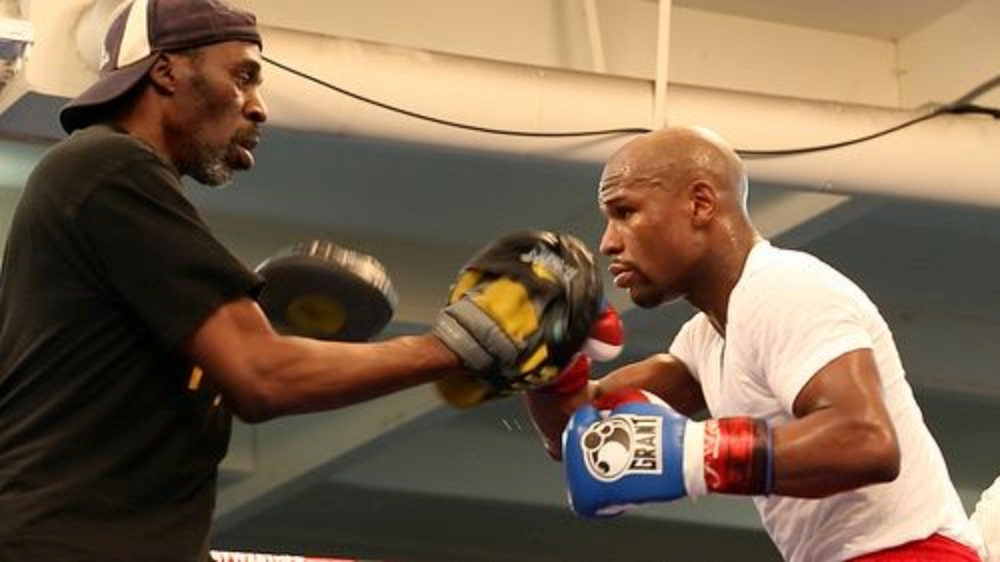
Mayweather might be the best fighter ever at using the Philly shell, and there are some key lessons to learn from him. The first is to also be competent at other defensive styles since the Philly shell isn’t optimal in all situations. Mayweather would often switch to a high guard defense or modification of the Philly shell depending on what his opponents threw at him.
Another important lesson to learn from Mayweather is that the Philly shell favors those with quick reflexes. That means you have to spend lots of time performing reflex drills, and your cardio has to be at a high level since no one has quick reflexes when they’re tired.
The third lesson is that you need really good head movement to make up for your lead hand being down. You can use your lead shoulder to block a power punch, but most seasoned boxers prefer to evade power shots with their head movement.
Summary
The Philly shell is an advanced defensive boxing stance that can be highly effective when used properly. It can make your defense seem impenetrable and it puts you in a position to throw extremely hard counterattacks.
You may also like:
